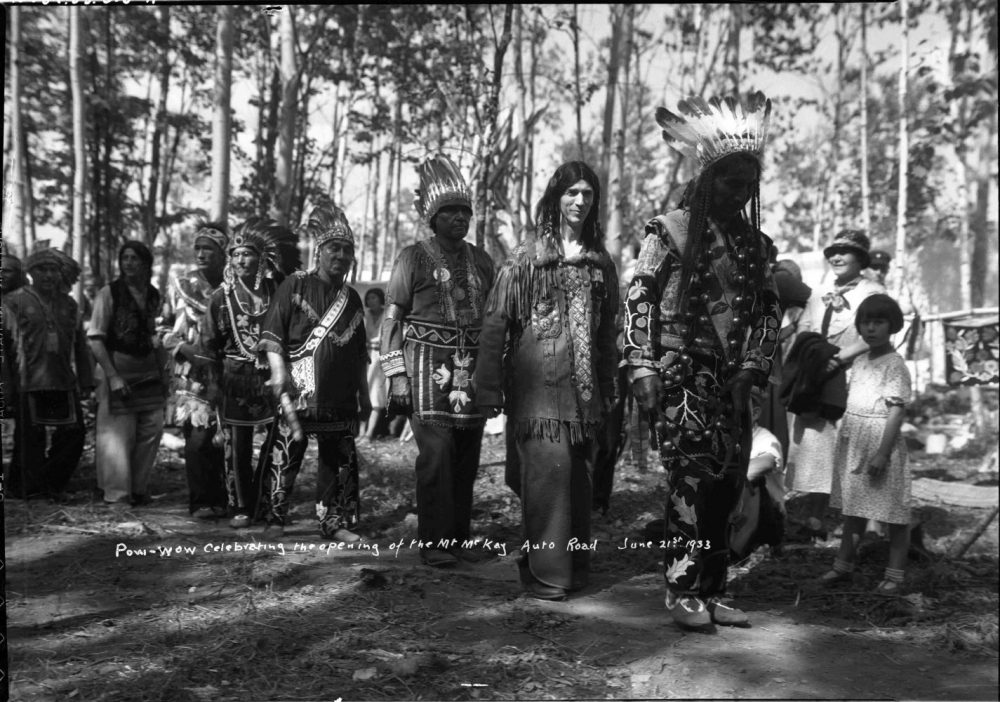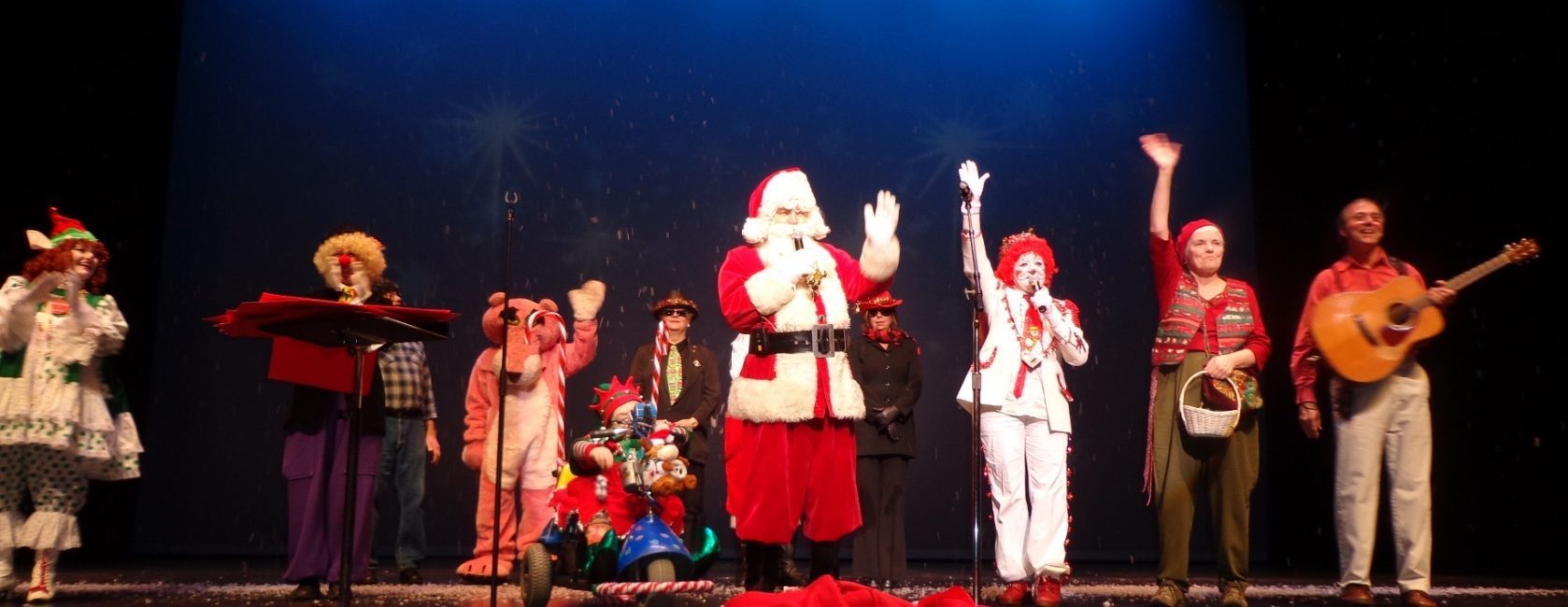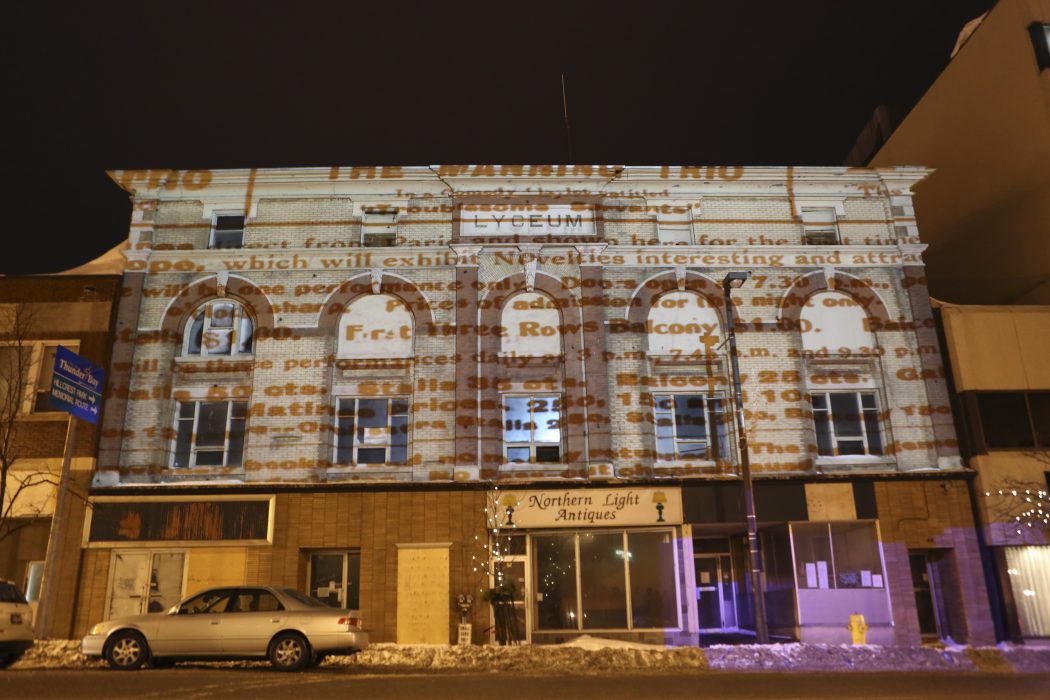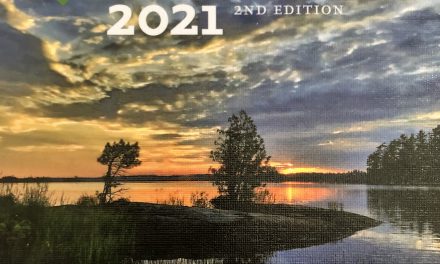Story by Stephanie Wesley, Photos courtesy of the Thunder Bay Museum
The Ojibway people hold many sacred ceremonies on Anemki Wajiw (Thunder Mountain). On June 21, a celebration is planned for National Aboriginal Day and while there will be shuttles available to transport attendees from the Fort William First Nation Community Centre up to the lookout on Anemki Wajiw, automobiles weren’t always able or permitted to access the area. On June 21, 1933, construction on the Mountain Ledge Road was completed. The following is an account of the day, an excerpt from A History of Thunder Bay, by Joseph M. Mauro:
Men, women and children from both cities walked, rode bicycles and streetcars, or drove to the colourful ceremony which officially opened Mountain Ledge Road on June 21, 1933. Mayors R.B. Pow of Fort William and George Blanchard of Port Arthur were adopted as Honourary Chiefs of the Ojibway Mission Band, and Harry Murphy, a past Mayor of Fort William, was also honoured.
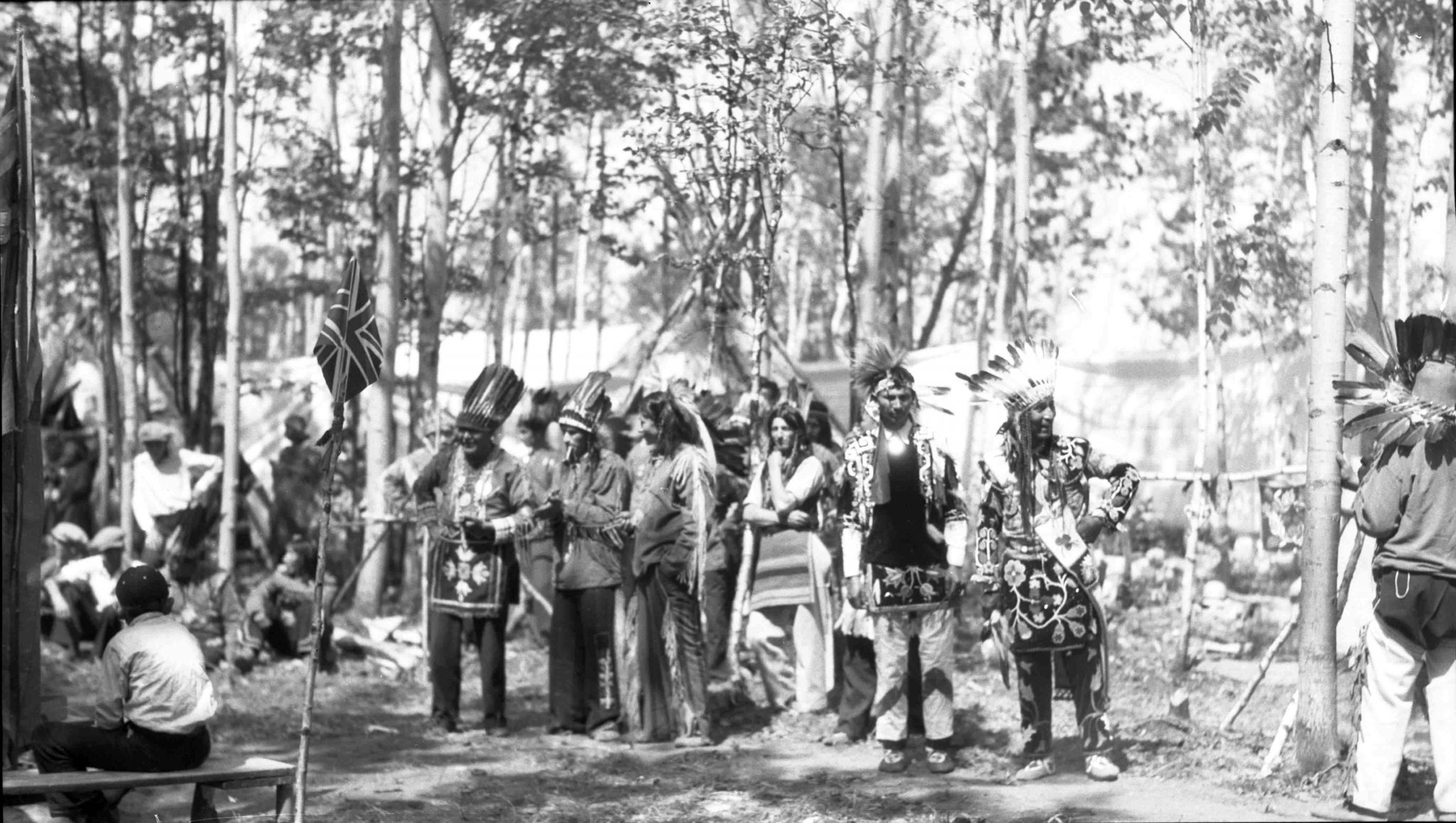
Celebration at the opening of the Mountain Ledge Road
The two-lane road ascended 1,000 feet [304 metres] above sea level from the Loch Lomond Road at the base of Mt. McKay and ended on a ledge overlooking the Twin Cities.
[Anishinaabeg] in full regalia from Grand Portage to Nipigon listened as congratulatory messages were read. Two airplanes flew overhead and dropped more messages of greeting from the Fort William Aero Club. Treaty money was paid by Indian Agent J. G Burk, while a scarlet-coated Mountie stood guard nearby.
There in the midst of pines and mountain ash, near the nesting place of the Thunderbirds, [Anishinaabeg] and whites listened as Mayor Pow briefly traced the history of the area for the preceding 300 years.
“Would you not like to know, as I would like to know,” asked Mayor Pow, “what the watcher from this mountain would look down upon 300 years hence?”
Chief Pelletier said, “Today, through the efforts of of Fort William, it is possible for the first time to drive to this historic spot, sacred in our tradition, along a road made by ourselves.” Chief Pelletier spoke of the men who would, in days to come, “reap the benefit of the work” done by [the Anishinaabe people]. Then, as darkness settled in, and campfires were lit, Ojibway from Red Rock and Savanne, Shebandowan and Sioux Lookout, danced the old dances to end that memorable day.
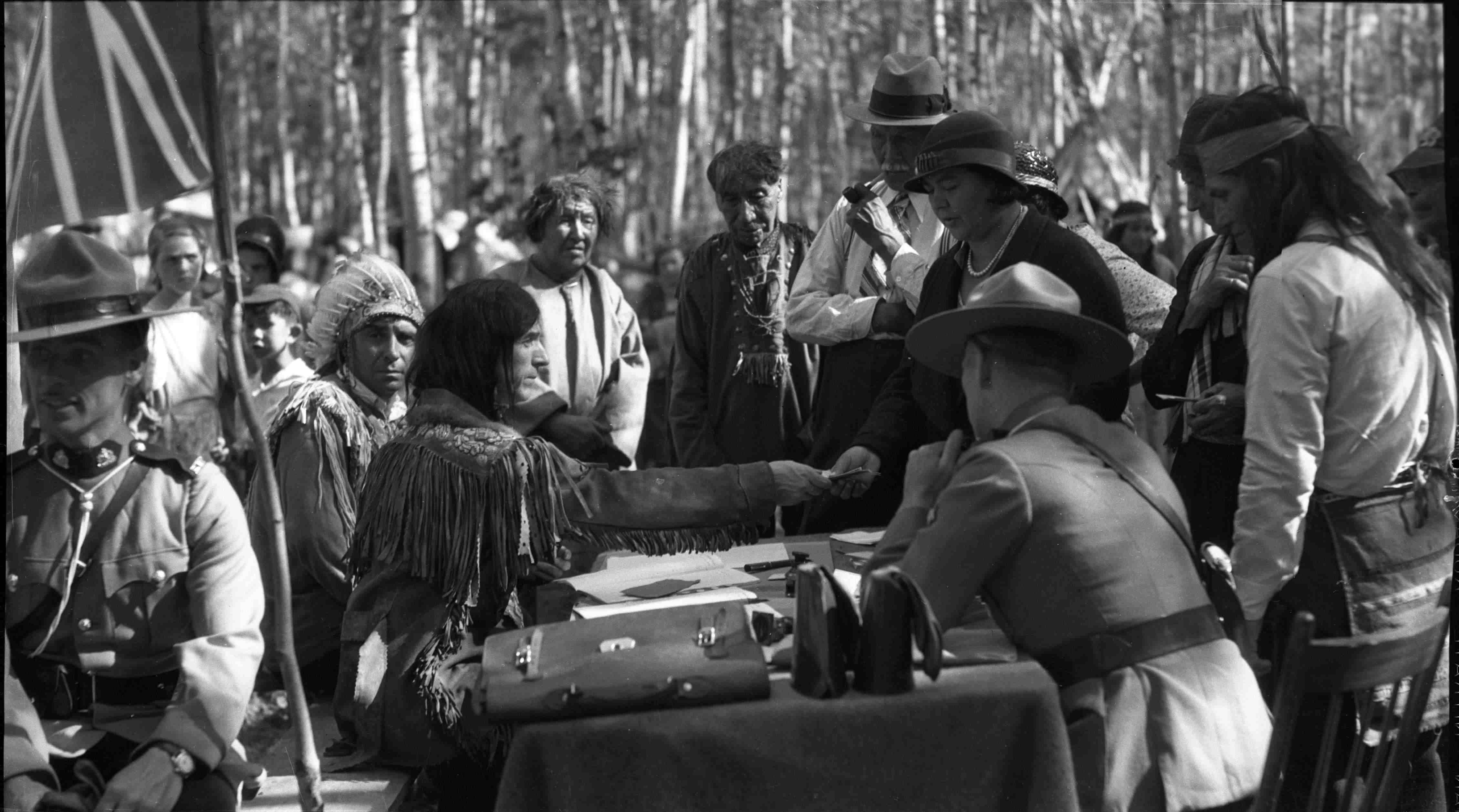
Indian agent J.G. Burk, an employee of the federal government, paying treaty money to members of Fort William First Nation
Current Fort William First Nation Chief Peter Collins reflects on the 85 years since the road was built. “You think of the evolution of time, and what’s changed in the community since then,” Collins says. “I remember my grandmother telling me stories of them making the road with picks and shovels.” Today, the road allows thousands of visitors from all over the world to experience the breathtaking views from Thunder Mountain.
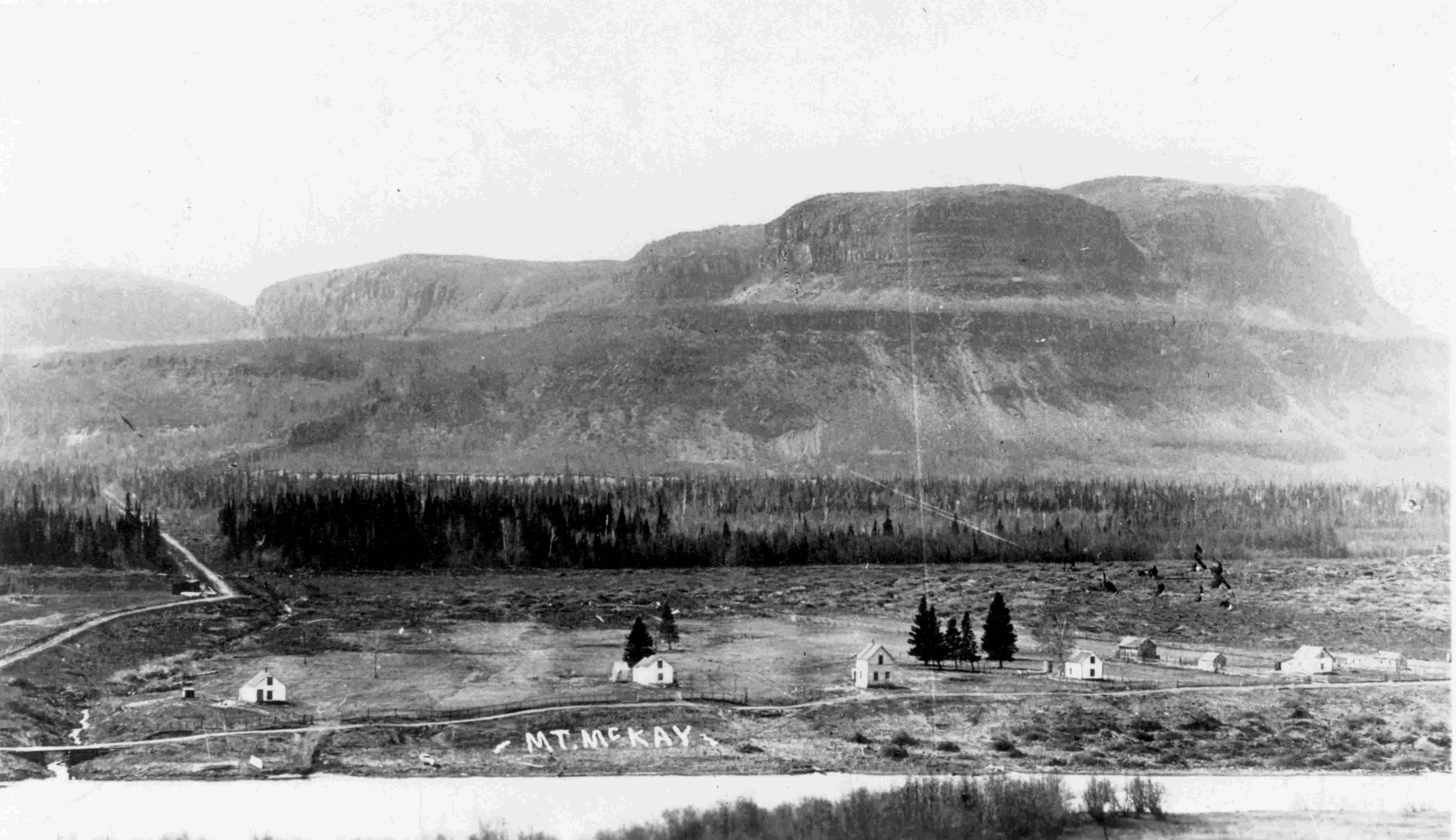
Anemki Wajiw – Thunder Mountain, 1933


